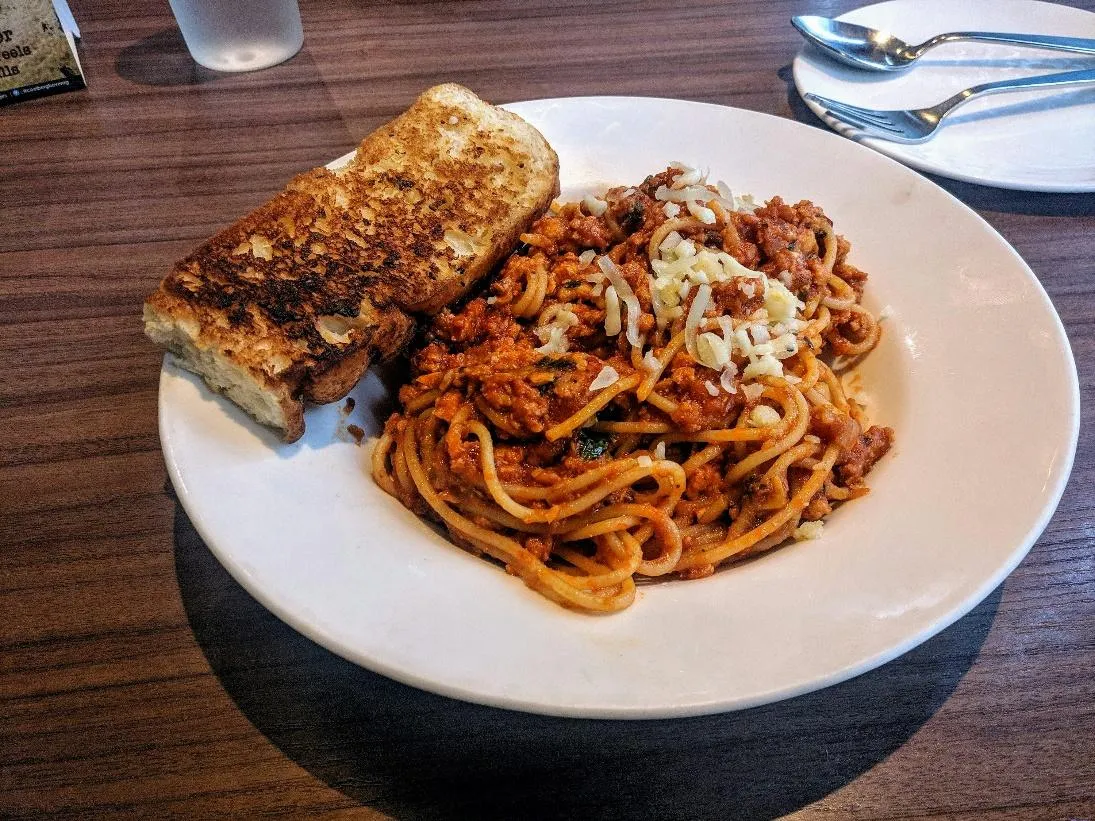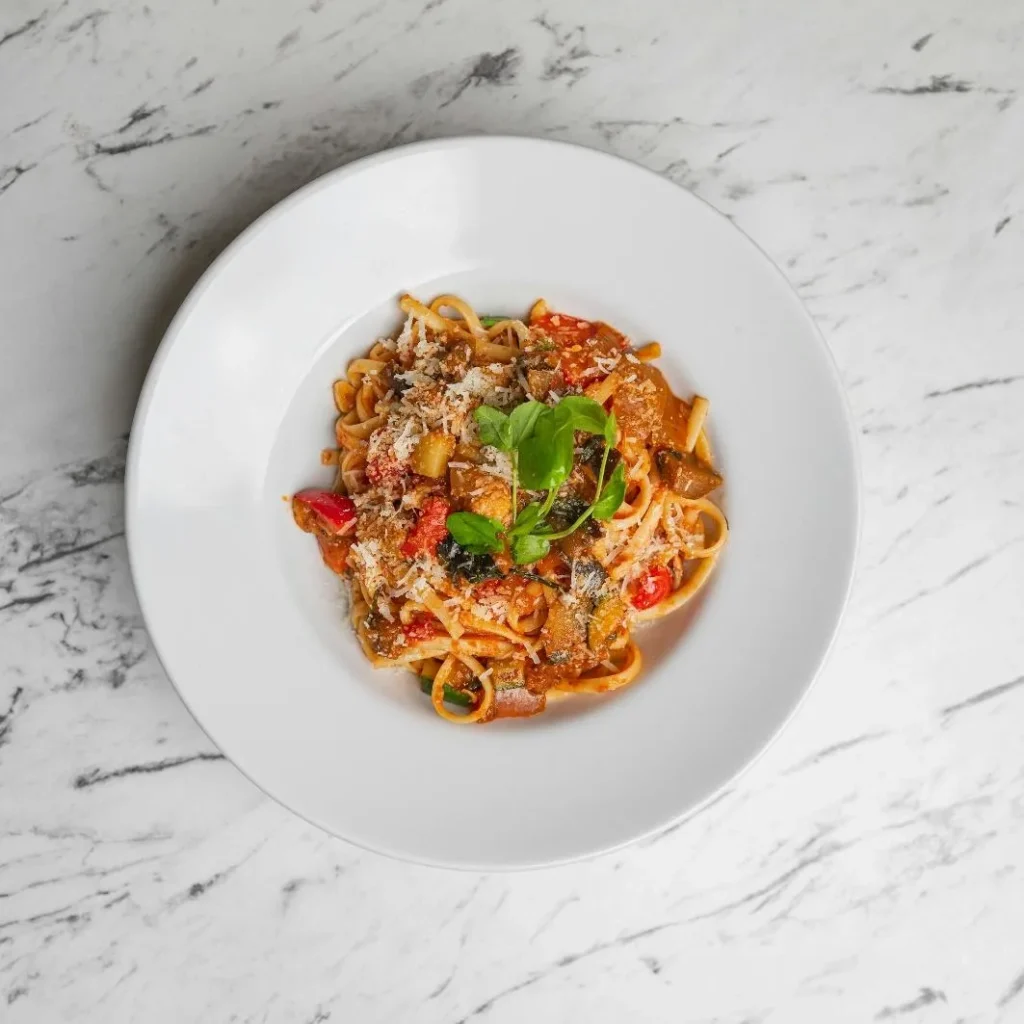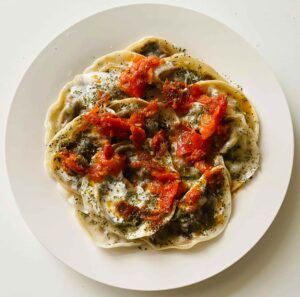Have you ever wondered why a simple plate of spaghetti tastes completely different in Italy, or in a truly Italian kitchen? It may look like just pasta and sauce, but when it’s done right, Italian spaghetti becomes something far more than the sum of its parts. So, what’s the secret? Is it the ingredients, the technique, or the tradition?
In this article, we’ll explore what turns a regular bowl of noodles into spaghetti Italian style, and how you can tell the difference between the real deal and just another plate of pasta. Whether you’re eating out in Dubai or cooking at home, knowing what makes spaghetti dishes Italian in spirit and flavor helps you enjoy each bite more deeply.
The Roots of Spaghetti in Italian Cooking
Spaghetti is one of the most famous foods in the world, but its heart belongs to Italy. The word spaghetti comes from “spago,” meaning “string” or “twine,” because of its long, thin shape.
This pasta has been loved in Italy for centuries, not just because it’s tasty, but because it’s simple, affordable, and versatile.
In many Italian homes, spaghetti is a weekly tradition. Families come together over big plates of pasta served with homemade sauces, cheese, and fresh herbs. It’s not fancy, but it’s full of care and flavor. And that’s what makes it special.
What Makes Spaghetti Italian?
Let’s break it down. What turns spaghetti into true spaghetti Italian style? There are three main things that matter: ingredients, technique, and tradition.
1. The Right Pasta
Authentic Italian spaghetti is made from durum wheat semolina, which gives the pasta a firm bite, or what Italians call al dente. Good pasta shouldn’t turn soft or mushy; it should hold its shape and texture even after cooking.
In Dubai, you can find imported spaghetti from brands like Barilla or De Cecco in many supermarkets. Better yet, some Italian restaurants and delis even make fresh pasta from scratch, which gives an even richer taste and texture.
2. Quality Ingredients for the Sauce

You don’t need a lot of ingredients to make real spaghetti Italian style, but they have to be good. Authentic Italian spaghetti relies on a few key ingredients that bring out deep, natural flavor. San Marzano tomatoes are often used for their sweetness and low acidity, creating a smooth and rich sauce. Extra virgin olive oil, cold-pressed and full of flavor, adds depth and a touch of fruitiness.
Fresh garlic and onions provide the aromatic base, while fresh basil or oregano brings a burst of herbal freshness. To finish, grated Parmigiano Reggiano or Pecorino Romano is added, offering a salty, nutty taste that ties everything together beautifully. No sugar. No heavy spices. No processed ingredients. Just natural, clean flavors cooked slowly to bring out the best in each one.
3. Cooking It the Italian Way
The way you cook spaghetti matters just as much as what you put in it. Italians never overcook pasta. It should be slightly firm when you bite it. The sauce and the pasta are always combined before serving, not poured over separately.
Also, Italians always salt the water before boiling different types of pasta. This gives it flavor from the inside out. Once the pasta is cooked, it’s quickly tossed with the sauce in a pan so every strand is coated evenly. A small splash of pasta water is sometimes added to help the sauce stick and bring everything together. This simple but important step is what gives spaghetti Italian dishes that perfect finish.
Common Italian Spaghetti Dishes
There are many types of spaghetti dishes that Italian families enjoy. Each region has its own favorites, and many are now loved all over the world.
Spaghetti Pomodoro
A basic tomato and basil sauce. It’s light, healthy, and all about the natural sweetness of good tomatoes. This is often the first spaghetti dish Italian children learn to love.
Spaghetti Carbonara
Made with eggs, Pecorino cheese, black pepper, and guanciale (cured pork cheek). There’s no cream in real carbonara. The creamy texture comes from the egg and cheese mixture stirred through hot pasta.
Spaghetti Aglio e Olio
Garlic and olive oil are gently cooked together, then tossed with pasta and red chili flakes. It’s a classic Italian-style spaghetti dish from Naples that’s easy but full of flavor.
Spaghetti alla Puttanesca
Made with tomatoes, olives, capers, garlic, and anchovies. It’s salty, spicy, and full of bold southern Italian flavor. The sauce is quick to make and perfect for busy weeknights.
Spaghetti alle Vongole
A seafood spaghetti made with fresh clams, olive oil, garlic, and white wine. It’s simple, fresh, and full of coastal Italian charm.
These are just a few examples of spaghetti dishes that show how flexible and flavorful spaghetti Italian recipes can be.
How to Spot Truly Italian Spaghetti in a Restaurant
If you’re dining in Dubai and craving a genuinely Italian style spaghetti, how do you know if what you’re eating is the real thing? Here are the hallmarks of truly authentic Italian spaghetti, details that distinguish a carefully crafted dish from a commercial imitation.
1. The Sauce Lightly Coats the Pasta
Authentic Italian spaghetti never swims in sauce. Instead, the sauce is used sparingly, serving to enhance rather than overpower the pasta. The goal is emulsification where the sauce gently clings to each strand, allowing the diner to taste the pasta and sauce as a unified whole.
Excessive sauce is a sign of either inexperience or an attempt to mask bland pasta.
2. The Pasta Is Cooked Al Dente
True Italian spaghetti is always cooked al dente, meaning “to the tooth.” This means it should be firm when bitten, not mushy or overly soft.
Overcooked pasta not only loses its texture but also absorbs too much water, diluting flavor and disrupting the intended mouthfeel. Al dente cooking also supports better digestion, a consideration deeply rooted in Italian culinary philosophy.
3. Simple, High-Quality Ingredients
In Italian cuisine, less is more. Authentic spaghetti dishes rely on a handful of fresh, high-quality ingredients. Think ripe tomatoes, garlic, basil, extra virgin olive oil, and aged Parmigiano-Reggiano.
You won’t find excessive cream, sugar, or artificial seasonings. The emphasis is on freshness, balance, and letting each ingredient shine.
4. Portions Are Modest but Satisfying
Portion control is another subtle but important marker of authenticity. Italian servings prioritize quality over quantity.
Rather than oversized plates, you’ll receive a modest portion that satisfies without overwhelming. This reflects the Italian belief that a meal is a multi-course experience, not a single heaping bowl.
5. The Flavors Are Balanced and Clean
In a well-prepared Italian spaghetti dish, no single flavor should dominate. The salt level is restrained, the oil is well distributed, and the acidity of the tomatoes is tempered by sweetness or herbs.
This balance reveals the chef’s skill and respect for culinary tradition, flavors should develop naturally, not through artificial enhancement.
6. The Dish Reflects Culinary Restraint and Respect
Perhaps the most telling feature of authentic Italian spaghetti is the chef’s restraint. Real Italian cooking resists overcomplication. Instead, it honors technique and ingredient integrity. There’s no excess cheese sprinkled on top, no dramatic garnishes.
Just a thoughtful composition that speaks to centuries of tradition. When every bite tastes intentional and harmonious, you’re likely enjoying the real thing.
Italian Spaghetti in Dubai: Getting It Right
Dubai is home to many great Italian restaurants, from fancy places with imported ingredients to cozy cafes serving family recipes. When it comes to spaghetti Italian style, several restaurants stand out for their dedication to tradition.
Some chefs import flour, olive oil, and cheese directly from Italy to make sure the flavor is just right. Others even follow strict recipes passed down from their grandparents. As a result, you can find truly delicious and authentic spaghetti without leaving the city.
If you’re looking for a real Italian experience, ask the restaurant about their ingredients or how they prepare the pasta. Many will be happy to share their story, and that’s when you know it’s the real deal.
Conclusion
What makes Italian spaghetti truly authentic isn’t a long list of fancy steps. It’s about respecting tradition, using real ingredients, and taking care of every part of the process.
From the way the pasta is cooked to the balance in the sauce, each detail matters. And whether you’re cooking at home or dining out in Dubai, you can always tell when someone took the time to do it right.






